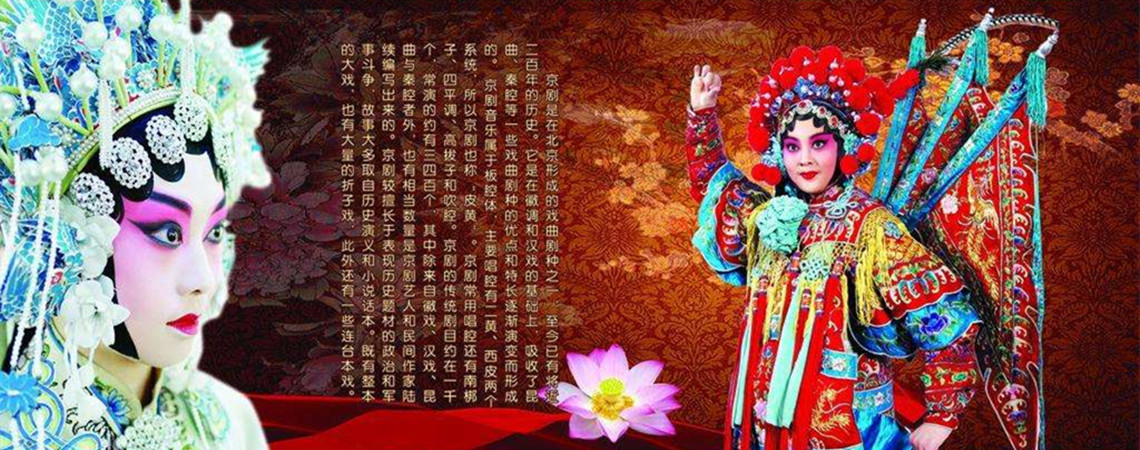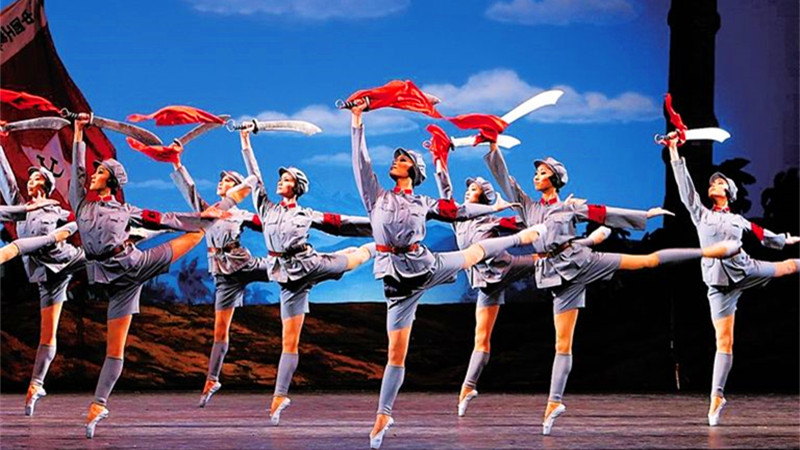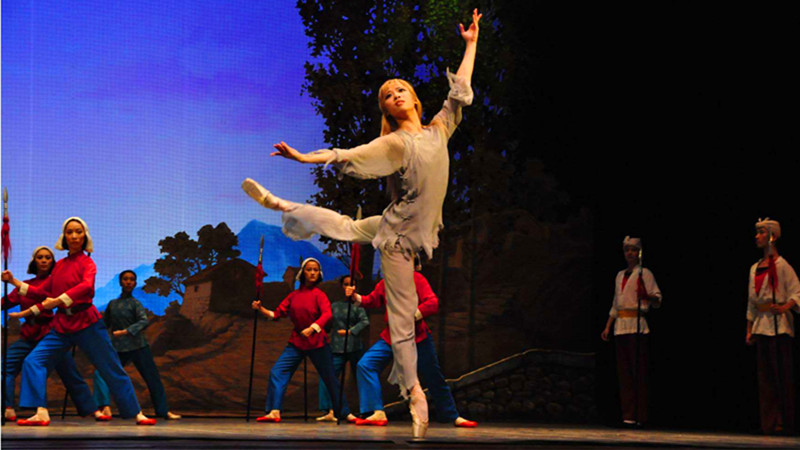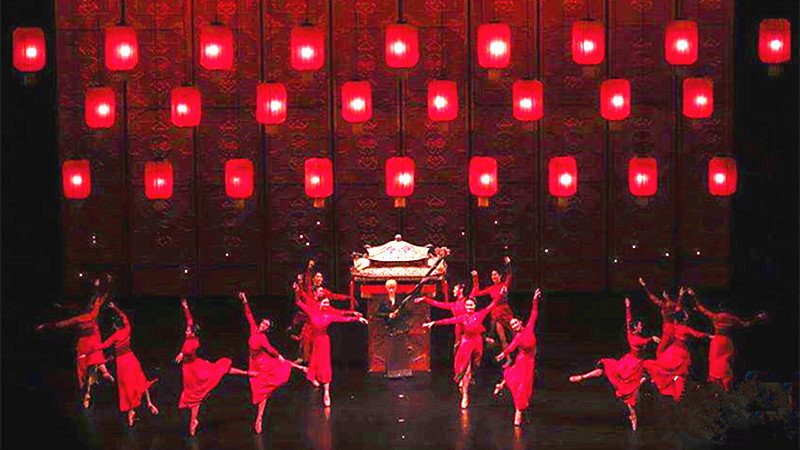Skype: neodalle-travel
Tel: +86 135 7447 2266
E-mail: sales@visitaroundchina.com



Chinese dance strolled outside starting with ballet. Since 1960, "The Red Detachment of Women," which has been staged 2,500 times in China over the last years, is frequently invited for performances in renowned international theaters.
"Raise The Red Lantern" has been dubbed a new classic. With film director Zhang Yimou at the helm, it dazzles foreign audiences with both -Cheung-sum-wearing ballerinas and the show's overall visual extravagance.

In 2001, "The Red Detachment Of Women" and the ballet piece, "Raise The Red Lantern," are both in the repertoire of the National Ballet Troupe.
Today, Chinese dancers have realized this goal of Mr. Zhou Enlai. they have reached the point where, without words, they can communicate with foreign audiences using their familiar art form ballet.
After Chinese troupe performed "The Red Detachment Of Women" and "Raise The Red Lantern" in Italy, an Italian critic said "if "The Red Detachment Of Women" was a propaganda tool in the past, we now think it's a cultural treasure of China, while "Raise the Red Lantern" represents modern China".
 Ask Questions ?
Ask Questions ?